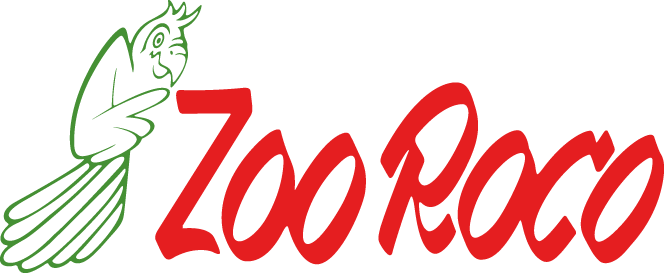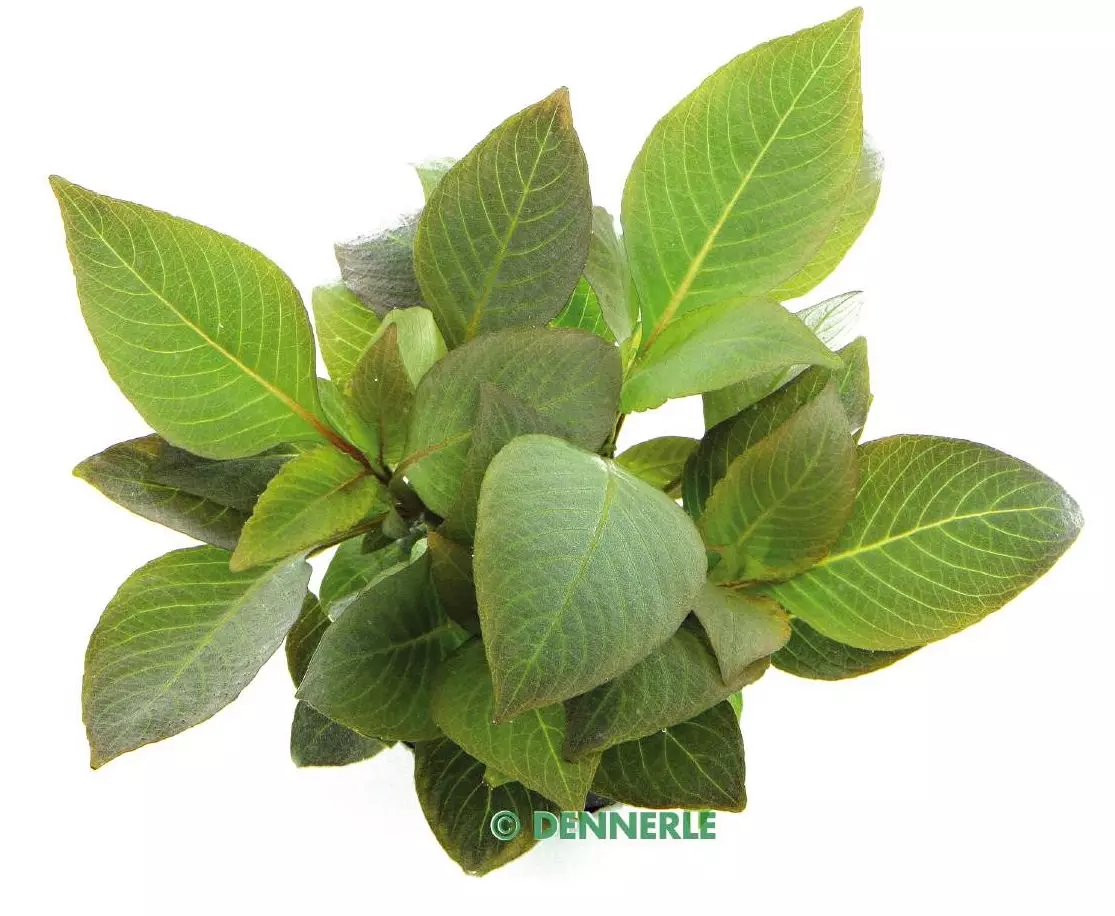











CHF 6.50
Stock: 0
Available in 1-3 days, acquisition time 14 days

Staurogyne Repens
- Growth: easy
- Light requirements: medium
- CO₂ requirements: low
- Adult plant height: up to 10 cm
- Growth: Moderate
- Temperature: 20-28°C
- Placement in aquarium: Foreground or background
- Origin: South America
- Shell diameter 6 cm
The dosage of carbon dioxide and feeding with micro and macronutrient fertilizers ensure intensive growth. Staurogyne Repens absorbs nutrients mainly through its root system and therefore prefers a fertile substrate.
Advanced aquarists, however, can keep this species attached to ornaments or decorations. It is enough to use a suitable adhesive. In this case, care must be taken to provide fertilizers to the water column. The best growth results are obtained when the plant is planted in an active substrate. Under good conditions, the plant grows very quickly. It does not require complicated care. All you need to pay attention to is regular pruning using sharp scissors with curved blades. Frequent pruning will help Staurogyne Repens become denser and grow. After pruning, it spreads and forms new stems with leaves. Therefore, it can also be used to create an interesting foreground.
.
1 of 1 reviews
5 out of 5 stars
Login
21 March 2024 14:24
Bei Roco kauft man gerne
genau wie erwartet, super zustand.
Customers also bought
Similar products
Customers also viewed
























